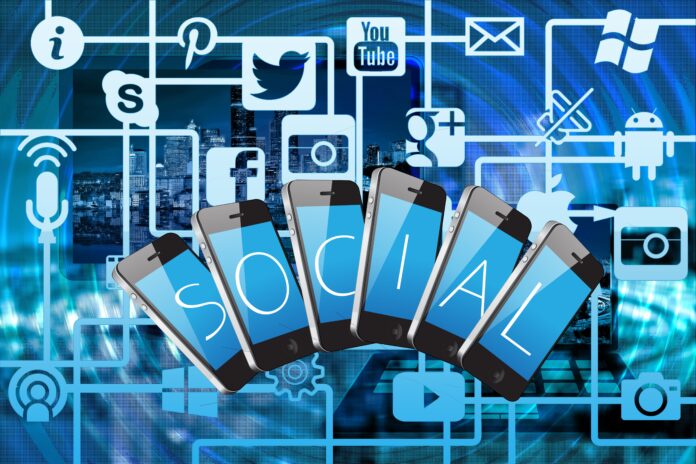The rapid rise of social media platforms in the digital age has revolutionized the way we communicate and interact with others. From the early days of bulletin boards to the current dominance of Facebook, Twitter, and Instagram, social media has evolved significantly, transforming communication patterns and leaving a profound impact on society as a whole.
Early Origins of Social Media:
Before the rise of present-day social media giants, there were bulletin boards and all kinds of forum pages. Both of which laid the foundation for social interaction platforms that have become a part of our life. Bulletin boards and online forums provided early spaces for internet users to connect and share information and media. This eventually led to the introduction of early social networking sites, which set the stage for the widespread adoption of social media.
The Rise of Mainstream Social Media Platforms:
The early faces of mainstream social media platforms were Friendster and Myspace. They allowed us to do things like create profiles, connect with friends, and share updates. While all of those are pretty common features these days, for those times they were nothing sort of revolutionary. However, it was Facebook that truly revolutionized social media with its clean interface, intuitive features, and robust privacy settings. Yeah, there was a time when Facebook was known for excellent privacy. Facebook for good reason dominated the social media industry in the early 2000s.
Expansion of Social Media Ecosystem:
When social media started becoming a part of normal life companies started to realize the need for specific features. Platforms like Snapchat and Instagram decided to focus on visual communication with an extensive focus on image sharing. YouTube and TikTok revolutionized video-sharing, enabling users to create and consume content in new ways. LinkedIn carved a niche in professional networking, connecting individuals in the business world. Twitter well it is in a weird space, people use it for all sorts of things. From debates, to news sharing, to professional networking it is used for all sorts of things.
Mobile Revolution and Social Media:
The advent of smartphones played a pivotal role in the widespread adoption of social media. With mobile apps, social media platforms became easily accessible, allowing users to stay connected on the go. Features such as location-based services and geotagging enabled users to share their physical whereabouts, further blurring the boundaries between online and offline interactions. Mobile-only platforms like Snapchat, Instagram Stories, and WhatsApp revolutionized communication by focusing on instant, ephemeral content.
The Influence of Social Media on Communication Patterns:
Social media has not only changed how we communicate but also redefined interpersonal relationships and online communities. It has provided opportunities for global connections, allowing individuals to bridge distances and share experiences. However, it has also introduced new challenges, such as the impact on language and communication norms. Abbreviations, emojis, and hashtags have become part of our everyday vocabulary, altering the way we express ourselves.
Social Media’s Effect on Society:
The impact of social media extends beyond individual communication. It has played a significant role in shaping political movements and revolutions worldwide. Activists have harnessed the power of social media to mobilize large-scale protests and raise awareness about social issues. However, social media has also given rise to cyberbullying and online harassment, highlighting the dark side of this digital revolution. Moreover, concerns about mental health and the addictive nature of social media have come to the forefront.
The Future of Social Media:
Looking ahead, social media will continue to evolve and shape our communication landscape. Technological advancements, such as artificial intelligence and virtual reality, are poised to redefine how we engage with social media platforms. However, privacy concerns and the need for regulation will become increasingly important, as society grapples with the ethical implications of data usage and user privacy. Augmented reality and virtual reality integration hold the potential to transform social media into immersive experiences, offering new avenues for interaction.
Conclusion:
The evolution of social media has been nothing short of remarkable. From its early origins to the present day, social media has fundamentally altered communication patterns and influenced society in profound ways. While it has connected people across the globe and empowered voices that were previously marginalized, it has also brought about challenges like cyberbullying and privacy concerns. As we move forward, it is crucial to navigate the ever-changing social media landscape with awareness, understanding, and a focus on maintaining a healthy balance between the digital and real worlds.
And as always folks if you liked the above article check out some more similar articles on GGF such as Preserving Endangered Species: Conservation Efforts in the Face of Climate Change. Also, if you would like to read some interesting articles in Hindi be sure to check out the Mojo Patrakar.







